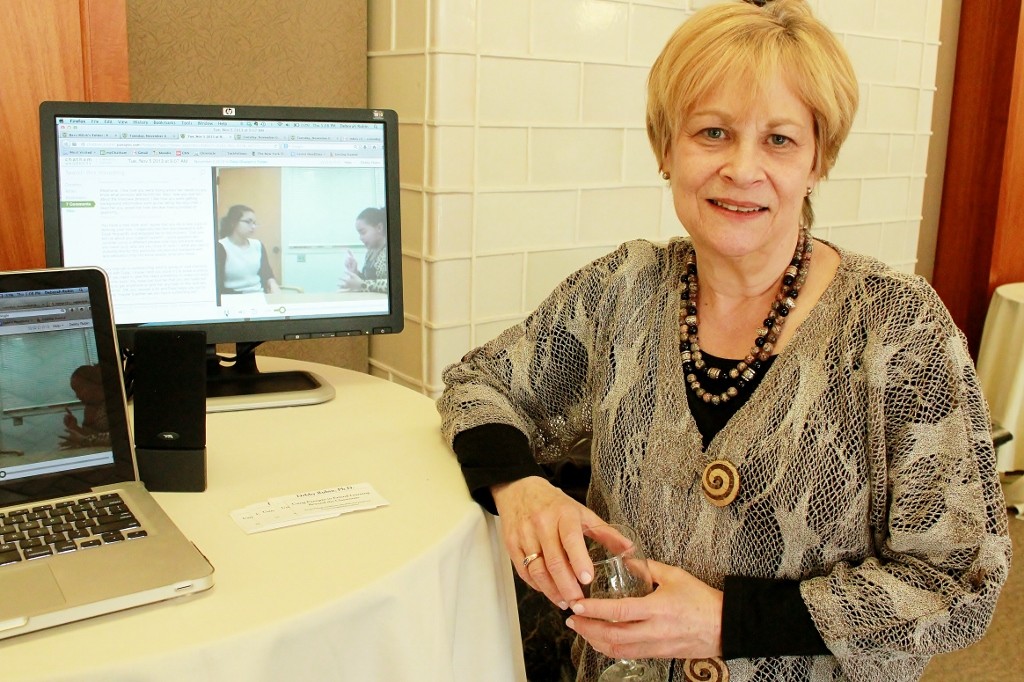Table of Contents
Overview
When teaching classes involving hands on skills such as interviewing and assessment, it is easy to dismiss technology as being impractical, inappropriate or just ‘not as good’ as traditional methods. When I considered how I wanted to use technology to help students develop their basic social work interviewing techniques, I realized that, despite this, I have always incorporated some type of technology. Years ago it was a classroom with an observation booth and microphones, later it VCRs and big bulky cameras. Until recently, access to cameras and other technology by students was challenging but now most of the barriers have been overcome. Since Chatham provides Macintosh laptops to incoming students, most have the capability to record assignments easily. Beyond that, I wanted to provide an experience where students became comfortable as critical thinkers about their own and others work. Developing interviewing skills takes practice but it also requires feedback from others. Students were often reluctant to provide feedback in the classroom beyond praise and there was never enough time to provide both didactic course material and frequent role-playing and practice.
Implementation
I decided to see if Panopto could provide a solution to this challenge. It provided an easy user interface for students to record role-playing and practice interviews as well as the ability for students to watch each other’s recording and make comments.
Successes/Challenges
One immediate challenge was a part time Chatham University undergraduate who did not have access to a laptop computer because of her part time status. She was able to work with other students to use their technology and access to Panopto through the computer labs. In the end it was not a problem but did underscore the technology divide which might be more acute at other places. The support of the instructional technology department through the technology fellows made a positive difference in both my willingness to incorporate Panopto in to my class and students’ ability to use it effectively. Having Lauren come to class and help students get started using Panopto prevented many technical concerns and glitches along the way.
Assessment
Students reported that they liked using Panopto and didn’t seem to have the kind of difficulties I had seen in previous years (e.g. “the technology didn’t work”; “my video disappeared from my flash drive” etc.) which made it much easier for me. The grading was also significantly easier because I could watch and comment on the videos from any computer or tablet. The quality of the student comments and feedback was much more specific than in years past, however, students still remain hesitant to give much constructive criticism to each other. Students’ performance seemed to be better and more polished than similar assignments in previous years but I am not sure whether using Panopto had anything to do with this improvement. Not everyone actually provided comments for every video even though it was part of the assignment.
Value and Next Steps
Doing this assignment using Panopto was valuable and I think added to students comfort level in interviewing. Some of this group will be completing a social work field placement next year and I will ask them if this technology helped prepare them. Now that I am more comfortable with Panopto, I will use it again and expand the number of videos that students complete. I would like them to do one at the very beginning of the class and one at the end as a pre/post measure.


